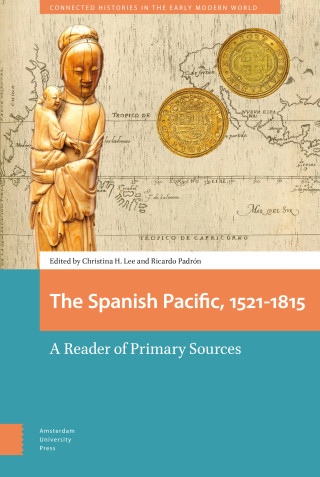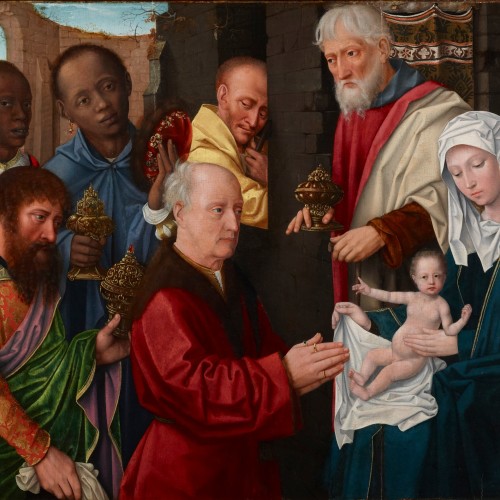
- Series editors
Christina Lee, Princeton University
Julia Schleck, University of Nebraska, Lincoln- Geographical Scope
- Europe, the Middle East, Africa, the Americas, and Asia
- Chronological Scope
- 1400 – 1700
- Advisory Board
Serge Gruzinski, CNRS, Paris
Michael Laffan, Princeton University
Ricardo Padron, University of Virginia
Elizabeth Rodini, American Academy in Rome
Kaya Sahin, Ohio State University- Keywords
- Global renaissance, early modern studies, world history, cross-cultural engagements, cultural translations, connected histories
- Flyer
- Download flyer
Connected Histories in the Early Modern World
Connected Histories in the Early Modern World contributes to our growing understanding of the connectedness of the world during a period in history when an unprecedented number of people—Africans, Asians, Americans, and Europeans—made transoceanic or other long distance journeys. Inspired by Sanjay Subrahmanyam’s innovative approach to early modern historical scholarship, it explores topics that highlight the cultural impact of the movement of people, animals, and objects at a global scale. The series editors welcome proposals for monographs and collections of essays in English from literary critics, art historians, and cultural historians that address the changes and cross-fertilizations of cultural practices of specific societies. General topics may concern, among other possibilities: cultural confluences, objects in motion, appropriations of material cultures, cross-cultural exoticization, transcultural identities, religious practices, translations and mistranslations, cultural impacts of trade, discourses of dislocation, globalism in literary/visual arts, and cultural histories of lesser studied regions (such as the Philippines, Macau, African societies).

Eating Animals in the Early Modern Atlantic World

Recipes on the Move in Early Modern England and British North America

Sense and Spectacle in the Age of Philip IV
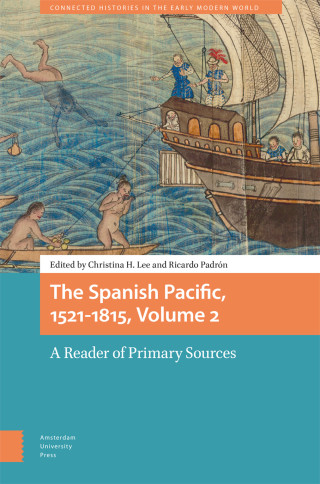
The Spanish Pacific, 1521-1815, Volume 2
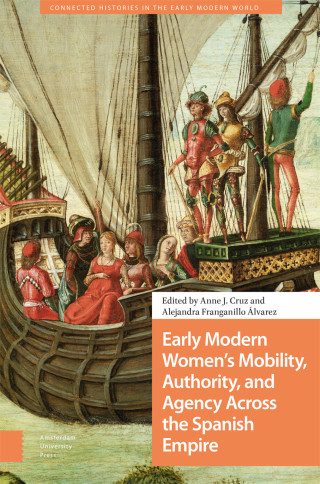
Early Modern Women's Mobility, Authority, and Agency Across the Spanish Empire

Counter-Hispanization in the Colonial Philippines
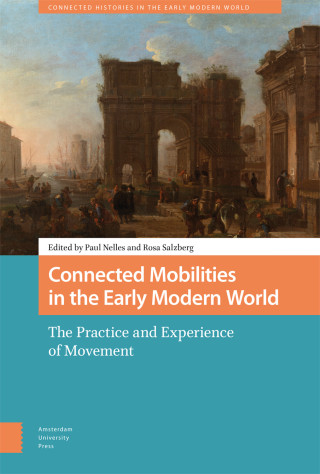
Connected Mobilities in the Early Modern World
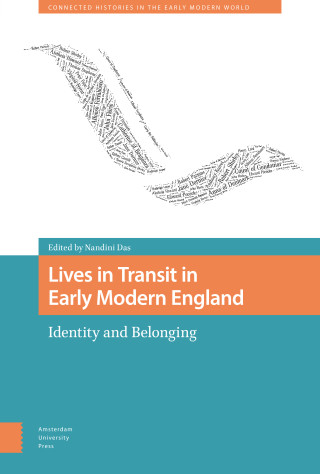
Lives in Transit in Early Modern England

Indigenous and Black Confraternities in Colonial Latin America
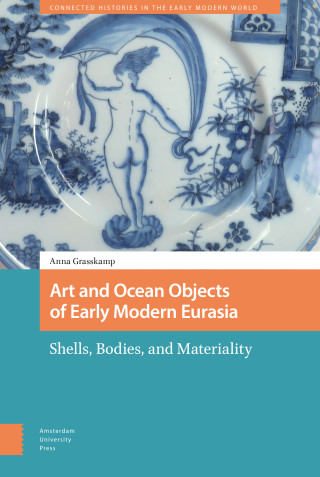
Art and Ocean Objects of Early Modern Eurasia
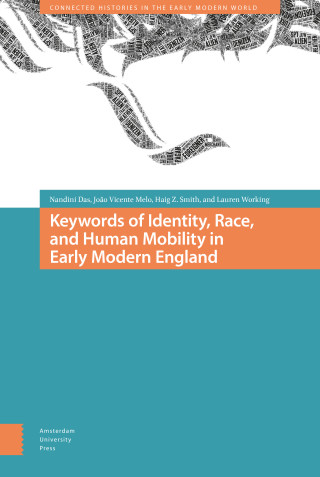
Keywords of Identity, Race, and Human Mobility in Early Modern England

Transoceanic Animals as Spectacle in Early Modern Spain
